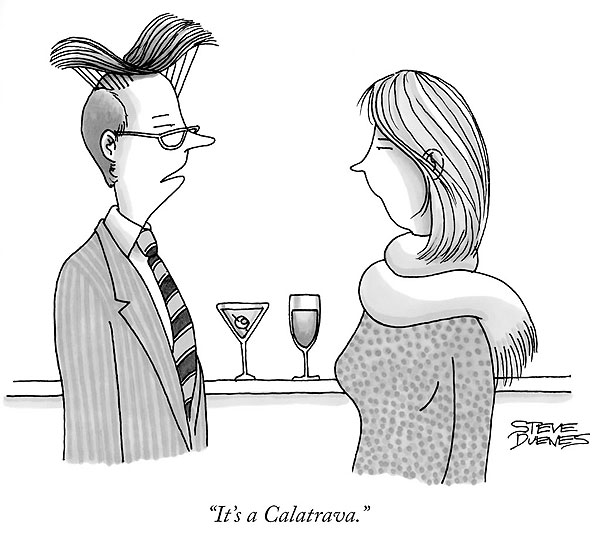Prime Minister David Cameron says Murdoch’s withdrawal of a bid for BSkyB is “the right decision for the country”
The wave of anger that threatens to swamp the cynical commercial interests of News Corp. — and Rupert Murdoch more specifically — is presciently characterized in Frye’s essay, “Communications,” published in 1970:
All the mass media have a close connection with the centres of social authority, and reflect their anxieties. . . [I]n the United States they reflect the anxiety of the economic Establishment to keep production running. . . [Such] communication is a one-way street. Wherever we turn, there is that same implacable voice, unctuous, caressing, inhumanly complacent, selling us food, cars, political leaders, culture, contemporary issues, and remedies against the migraine we get from listening to it. It is not just the voice we hear that haunts us, but the voice that goes on echoing in our minds, forming habits of speech, our processes of thought.
If people did not resent this they would not be human, and all the nightmares about society turning into an insect state would come true. My hair prickles when I hear advertisers talk of a television set simply as a means of reaching their market. It so seldom occurs to them that a television set might be their market’s way of looking at them, and that the market might conceivably not like what it sees. (CW 11, 135)
Today, under pressure from all three parties in the House of Commons, News Corp. withdrew its bid to obtain sole ownership of BSkyB, a satellite service with 10 million viewers in the U.K.
Meanwhile, the scandal threatens to spread to the U.S. with suggestions that News Corp. may have also hacked the phones of American politicians and the families of 9/11 victims.
If this catches on, it will be interesting to see if the Republicans line up behind Murdoch’s most odious creation, Fox News.
If it doesn’t catch on, that could be bad news as Murdoch divests in the U.K. and consolidates in the U.S.
In the meantime, News Corp. stock continues to lose value.
